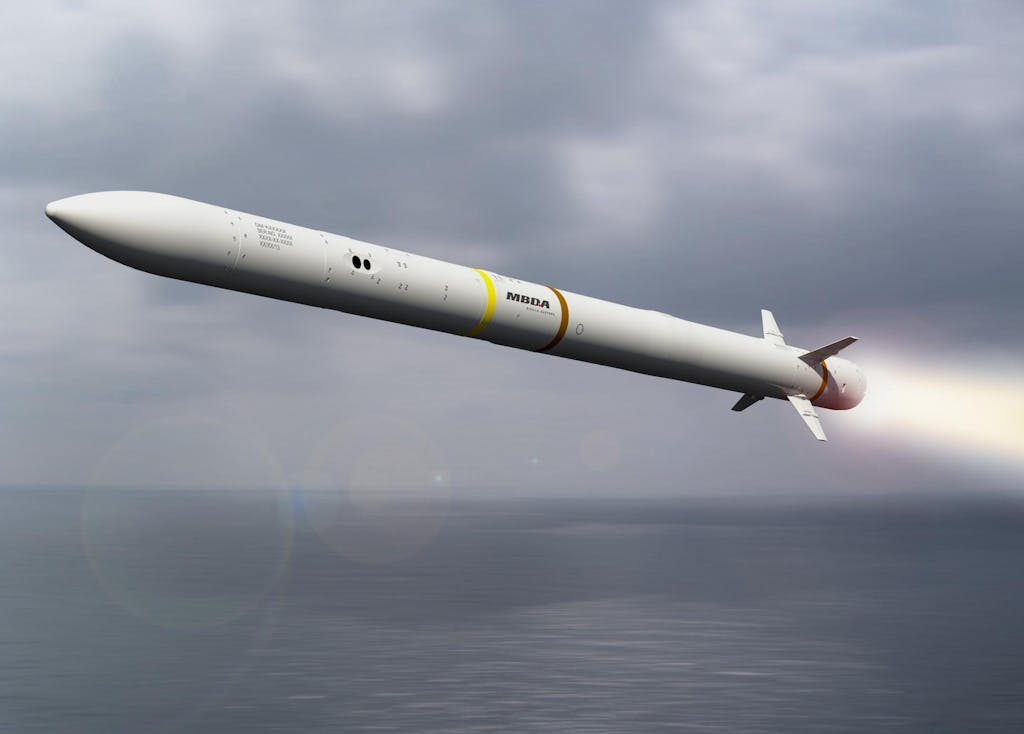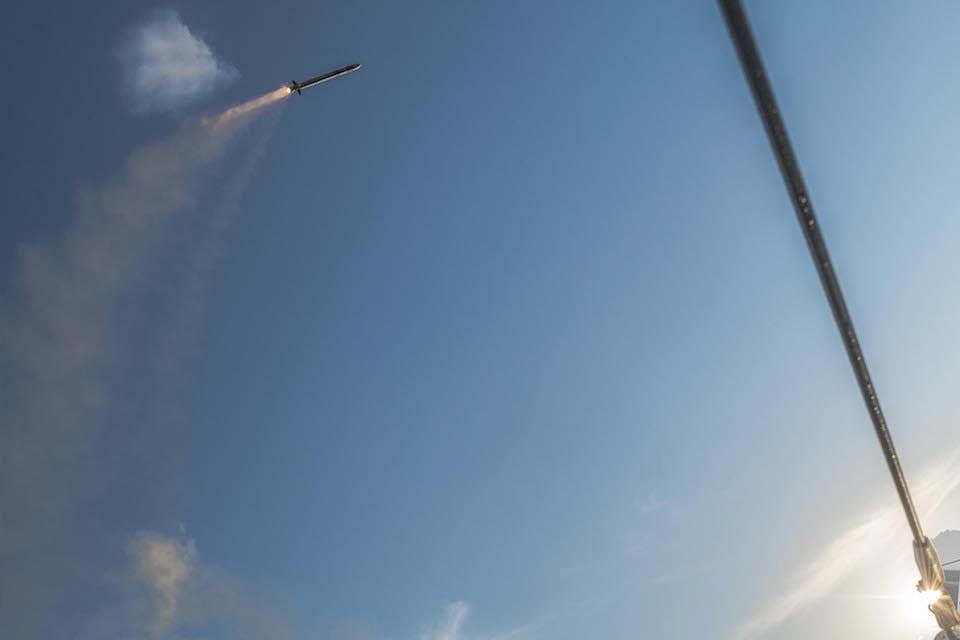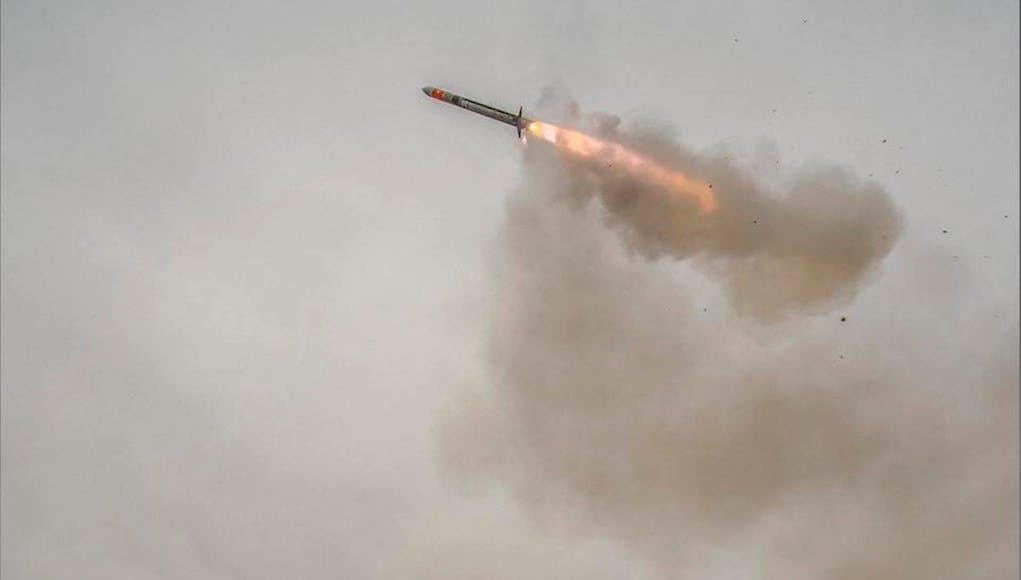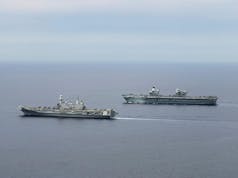Defence Minister Harriett Baldwin announced today that the first firings of the new Sea Ceptor air defence missile have been successfully conducted.
The Minister visited defence company MBDA’s site in Filton, near Bristol, meeting with local graduates, apprentices and other employees working on the Sea Ceptor system.
Type 23 frigate HMS Argyll fired the Sea Ceptor missiles in a test earlier this Summer.
The new air missile defence system can intercept and destroy enemy missiles travelling at supersonic speeds and will form part of the protection for the nation’s new aircraft carriers. The first firings were conducted from Type 23 frigate HMS Argyll whilst off the coast of Scotland.
Minister for Defence Procurement Harriett Baldwin said:
“Sea Ceptor will protect our interests against threats both known and unknown. It will launch from the Royal Navy’s new Type 26 frigates as they keep our nuclear deterrent submarines and the UK’s two new aircraft carriers safe on operations around the globe.
Sea Ceptor supports 600 UK jobs and is yet another example of how our rising defence budget is being spent on cutting-edge kit to help our Armed Forces meet future threats.”
Sea Ceptor is being fitted to replace the Sea Wolf weapon system on the Type 23 frigates.

Commander Toby Shaughnessy, the Commanding Officer of HMS Argyll, said:
“This is an exciting upgrade in capability and a great opportunity for HMS Argyll to demonstrate what the missile system can do to protect our ships from future threats.
Sea Ceptor is an impressive and innovative system, demonstrating that the Royal Navy is at the cutting edge of technology and working hard to keep Britain safe. I am immensely proud of my ship’s company and the work they put in to make this test firing possible.”
HMS Argyll will conduct further firing trials of the Sea Ceptor system before she deploys to Japan next year.

However it’s not all good news as we reported last week, Royal Navy ships will lose their anti-ship missile capability in 2018 when the Harpoon missile is withdrawn with a replacement not due until ‘around 2030’.
While the Royal Navy will still have an anti-ship capability via the submarine fleet and embarked helicopters, this will still be a significant capability gap and even then, no Royal Navy helicopters will have anti-ship missile capabilities until 2020.
We reported last year on the programme to replace Harpoon when Harriett Baldwin and her French counterpart signed an agreement to explore future long range weapons for the Royal and French Navies and Air Forces with the aim of replacing the Harpoon anti-ship missile and the Storm Shadow cruise missile as well as an array of French weapon types.














I May sound a bit daft here.. par for the course.. but why can we not just extend the life of the harpoon anti ship system? Surely it’s better to have something (even if dated) than nothing at all?
A question on the minds of everyone here, I think. I doesn’t make sense to me either.
My best guess is the explosive components ( Warhead, boost motor etc)are past their safe to use date. Explosives have a stabiliser in their chemical matrix that reduces the explosives reaction to shock and the internal fiction of the explosive molecules rubbing against each other.
The degrading of the stabiliser over time makes the explosive more susceptible to shock and mishandling. Its usually a linear plot on a graph as the stabiliser decreases and sensitivity to shock increases so you can make a best guess on when the explosive is no longer safe to use and needs to be taken out of service.
Can someone clarify the effective range please, wiki states 1 to 25km and 45km for the extended version, an improvement over the 10km of Seawolf, but the video above claims 500 square km? Even if the radar software extends that distance, it’s not a protected range surely?
If the range is around 20-25km then the total area around the ship would be 400-600 square km i.e. 22km*22km.
It’s a lot more than that. It’s a circle so the area is pi x R^2 where R is the range and hence the radius of the circle. Taking that 22km as the 20-25km approximation that’s approx 22^2 x 3.14159 = 1,520 square km.
As I understand it the problem with missile range is that it is so variable depending on the target. It’s easy to visualise the fact that to hit a high altitude target a lot of the missile’s energy (fuel) needs to be expended in gaining height which then reduces the range (horizontal distance from the ship) that can be achieved but the other issue, even with sea-skimming or other lowish altitude targets, is how clever the target is in terms of how much maneuvering it is doing. Every time the defensive missile needs to course correct it sheds energy in order to change its direction of travel which again expends fuel and reduces the distance it can reach from the ship. The exact attack envelopes of Sea Ceptor is probably very classified and I have no idea what assumptions have been made for the ranges that Wikipedia quotes in terms of altitude and amount of maneuvering involved in getting to the target.
The video actually says 500 square miles by the way (we are British after all :)) which is 1295 sqkm. That gives a radius/range of 20.3km which is roughly in line with the Wikipedia range but still I have no idea what target profile that might be for.
Another potentially dangerous capability gap, but at least it’s one that could be (reasonability) rapidly filled if a UOR was called for.
Still, we are seeing some positive news as the RN refreshers the fleet for the 2020’s.
Let’s hope ( I can dream) the next SDSR sees the need for a larger Navy, at least reinstated to pre 2010 size.
Couple exports ordered already notched up for Brazil and NZ plus ER version to be procured by Italy and Spain?
Quad packs can be fitted in the SYLVER and Mark 41 vertical launching systems.
Hopefully these can be fitted t45 in place of aster 15, thereby increasing the missile load carried by those warships.
Seems we have a successful defence industrial project on our hands.
Or if we really are never going to get the FFBNW Mk41s on the T45s maybe put some dedicated soft-launch VLS in that compartment. If it is sized for 16 Mk41 (that’s right isn’t it?) it should easily fit 32 and maybe even 48 Sea Ceptor launchers. Given that all the clever stuff is in the missile canisters and the soft launch tubes are pretty much drainpipes it might not be appreciably more expensive than getting quad-packs for the Sylver and would increase missile load even more.
Finally a cold launch missile in the RN .
The part of ship will be happy…no more repainting after a firing.
Is the aster 15 more capable than the sea ceptor?
MBDA claim aster 15 has unmatched agility and manoeuvrability due to combined thrust / aerodynamic control «PIF-PAF» providing hit to kill capability.